There are so many different types of Pride flags that have evolved over the years, it’s hard to know the many groups which they represent. Being gay I feel like I should intuitively know the meanings, but alas, I do not. So I researched a few to share their meaning. Many links refer to more detailed history of each flag on different websites. (there are more flags than what I have included here).
The Gilbert Baker Pride Flag
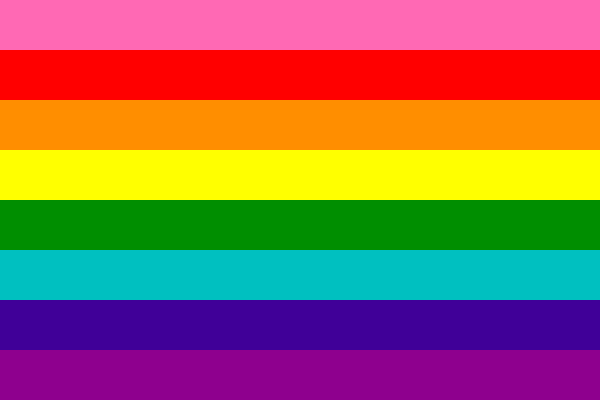
Harvey Milk, the infamous gay rights activist, knew Gilbert Baker and asked him to design a flag to fly over the Gay Pride Parade in San Francisco in 1978. Previously, the gay community used the Pink Triangle, but with its sad connection to the Nazi Party, a new symbol was desired. This flag had eight stripes while the more recognizable flag (see below) has only six stripes. Each color represented an idea: Pink = Sex, Red = Life, Orange = Healing, Yellow = Sunlight, Green = Nature, Turquoise = magic and art, Indigo = serenity and Violet = spirit.
Rainbow “Gay Pride Flag”
In 1979, after the popularity of the first pride flag, Baker decided to drop the turquoise color for aesthetic design and the pink due to lack of materials. This became the well know ‘Gay Pride Flag’ consisting of Red, Orange, Yellow, Green, Blue and Violet. This flag would become the symbol of LGBT+ community and in turn, cause much controversy, from forcing lawsuits for freedom to fly, violence, and aversion to the name “Rainbow” and the colors of the flag (In 2000, The University of Hawaii changed its name from the Rainbow Warriors to simply, Warriors. They have since re-adopted the name Rainbow Warriors.).
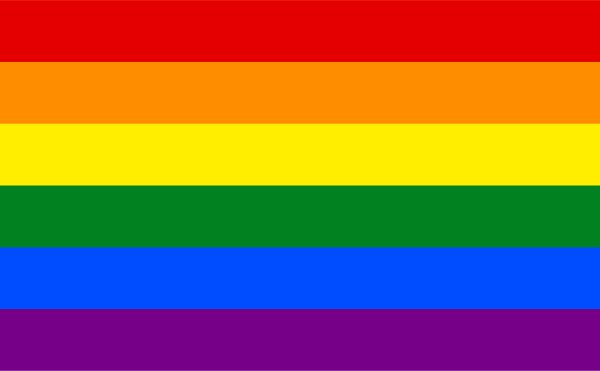
The Progressive Pride Flag
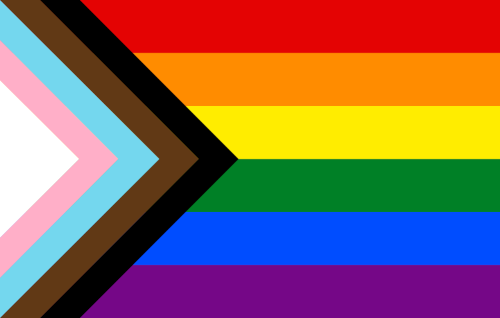
Designed by Daniel Quasar in 2018, the flag contains the original colors offset to include White, Pink, Light Blue, Brown and Black representing transgender, non-binary, marginalized communities and those that have been lost to HIV/AIDS or who are currently living with the disease.
Transgender Pride Flag
Created by Monica Helms in 1999 was first flown in Phoenix, Arizona’s Pride Parade in 2000. The two Blue strips flanking the upper and lower parts signify the traditional masculine colors while the two pink stripes signify the traditional female colors. FInally, the single white stripe signifies those that are transitioning or have a neutral or undefined gender.
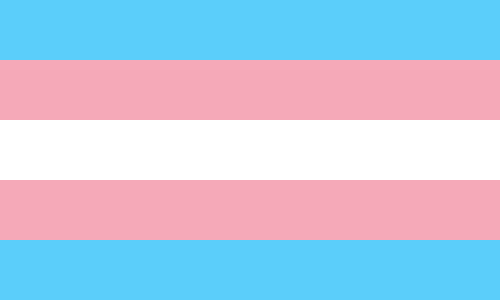
Lesbian Pride Flag
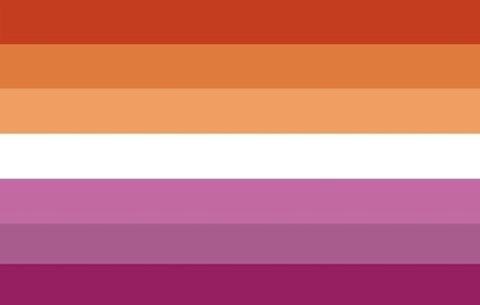
Not widely used and sometimes argued that it does not represent all lesbians, the flag was created in 2018. The seven colors: Dark Orange – gender non-conformity, Orange – independence, Light Orange – community, White – unique relationships to womanhood, Pink – serenity and peace, Dusty Pink – love and sex, Dark Rose – Femininity.
Gay Men Pride Flag
Symbolizing the attraction of men to each other and the diversity of the community. This updated flag replaced the previous one that had colors chosen for the symbolic image of men: Azure, Sky Blues, Light Sky Blue, White, Grey Light Blue, Blue and Dark Blue. This new flag includes colors that represent transgender, intersex and gender non-conforming males.

Non-Binary Pride Flag
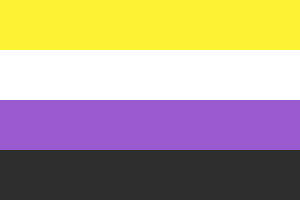
Representing non-binary persons, those whose gender identity isn’t necessary male or female. Created by Kye Rowan in 2014 with 4 stripes: Yellow, White, Purple and Black. Yellow represents people whose gender doesn’t exist within the binary, White represents people with all genders or multiple genders, Purple represents those with mixed female and male genders and Black represents people who don’t identity with any gender.
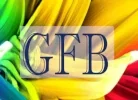
Comments